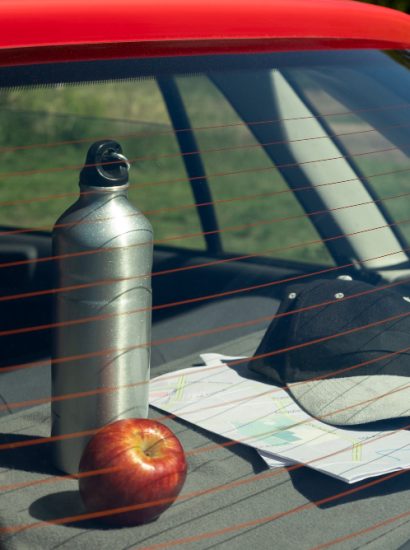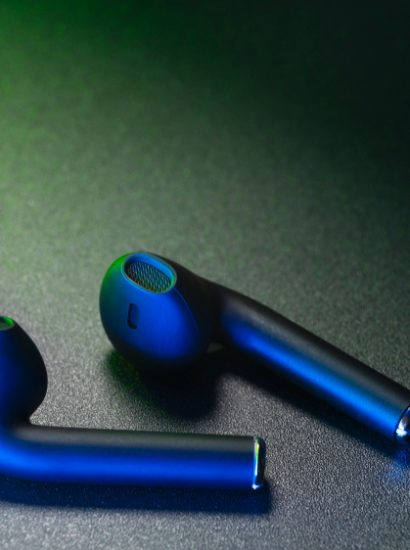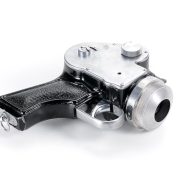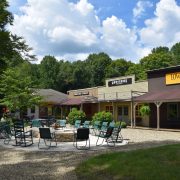Capturing the majestic beauty of polar bears in their icy habitat is both a thrilling and challenging experience. Polar Bear Photography requires skill, patience, and knowledge of the Arctic environment. Whether you’re a beginner or a seasoned photographer, understanding how to navigate the extreme conditions, respect wildlife, and perfect your shots is essential.
In this guide, we’ll explore 10 pro tips to elevate your Polar Bear Photography game. From the right equipment to composition techniques, these insights will help you take breathtaking Arctic shots that showcase the beauty and power of these magnificent creatures.
Choose the Right Camera and Lenses
Your camera and lenses can make or break your Polar Bear Photography experience. A high-resolution DSLR or mirrorless camera with excellent low-light performance is ideal. For lenses, a telephoto lens (400mm or longer) allows you to shoot from a safe distance while capturing fine details.
A wide-angle lens can also be useful for environmental shots, showcasing polar bears in their vast Arctic surroundings. Always carry a backup camera and extra batteries, as extreme cold drains battery life quickly.
Master the Art of Composition
Composition is key in Polar Bear Photography. The rule of thirds helps frame your subject in a visually appealing way, while leading lines—such as ice formations—add depth to your image.
Try different angles: shoot from a low perspective to make the bear appear more dominant or include Arctic landscapes to tell a story. Play with negative space to emphasize the bear’s isolation in the frozen wilderness.
Understand Light and Weather Conditions
Arctic lighting is unique, with long golden hours in summer and extreme darkness in winter. Overcast days create soft, even light, perfect for reducing harsh shadows in Polar Bear Photography.
During sunrise and sunset, the golden glow adds warmth to the icy landscape. However, harsh midday sunlight can cause overexposure. Adjust your settings accordingly, using lower ISO and fast shutter speeds to balance exposure.
Stay Safe and Respect the Wildlife
Polar bears are apex predators and must be approached with caution. Safety is a priority in Polar Bear Photography, both for yourself and the bears. Always shoot with a professional guide who understands their behavior.
Maintain a safe distance—not only for legal and ethical reasons but also to avoid disturbing their natural actions. Use long lenses rather than getting too close, and never feed or interact with the bears.
Use the Right Camera Settings
Fast-moving polar bears require quick adjustments in settings. A shutter speed of at least 1/1000s ensures sharp images, while a wide aperture (f/4 or lower) helps with low-light conditions.
For Arctic landscapes with a polar bear in the scene, use a smaller aperture (f/8 to f/11) for greater depth of field. Adjust ISO carefully—keeping it as low as possible to reduce noise, but increasing when necessary to maintain sharpness.
Capture Expressions and Behavior
To create truly engaging Polar Bear Photography, focus on capturing the bear’s unique expressions and actions. Whether it’s a mother playing with her cubs, a bear hunting, or one resting on the ice, behavioral shots tell a deeper story.
Patience is key—waiting for the perfect moment rather than taking random shots results in more meaningful images. Anticipate movements and use burst mode to ensure you don’t miss critical moments.
Master the Challenges of Cold Weather Shooting
Extreme Arctic temperatures pose unique challenges in Polar Bear Photography. Keep batteries warm by storing them in inner pockets and bring multiple spares. Condensation is a big issue—gradually acclimate your camera when moving between temperatures to prevent fogging.
Use gloves with touchscreen capability to adjust settings without exposing your fingers to the cold. A weather-sealed camera is a huge advantage in protecting against snow and ice.
Utilize Drones and Remote Cameras
For a fresh perspective in Polar Bear Photography, drones and remote cameras offer incredible opportunities. Aerial shots provide breathtaking views of bears in their vast icy environment, but always check local regulations on drone usage.
Remote-triggered cameras placed strategically near seal holes or migration routes can capture rare and candid moments while keeping human presence minimal. Just ensure the gear is properly camouflaged and weatherproofed.
Edit with a Natural Touch
Post-processing plays a vital role in enhancing Polar Bear Photography, but it’s crucial to keep edits natural. Adjust brightness, contrast, and sharpness subtly to maintain the authenticity of the Arctic scene.
Avoid excessive saturation—polar bears are not pure white; their fur often reflects warm tones. Proper white balance correction ensures that snow doesn’t appear too blue or yellow. Lightroom and Photoshop are excellent tools for refining details.
Plan the Best Locations and Timing
Knowing where and when to go is essential for successful Polar Bear Photography. Some of the best locations include Churchill, Canada; Svalbard, Norway; and Wrangel Island, Russia.
Polar bears are most active in late summer and fall when they gather near the coastlines waiting for sea ice to form. Booking guided expeditions increases your chances of encountering and photographing them in ideal conditions.
Conclusion
Polar Bear Photography is an exhilarating experience that requires skill, preparation, and respect for nature. By mastering your camera settings, understanding Arctic conditions, and prioritizing safety, you can capture breathtaking images of these incredible creatures.
With the right techniques, patience, and ethical approach, your Polar Bear Photography can tell compelling stories of the Arctic’s beauty and fragility. Get out there, embrace the cold, and let your lens bring these majestic animals to life!
FAQs
Q1. What camera settings work best for Polar Bear Photography?
A fast shutter speed (1/1000s or faster), a wide aperture (f/4 or lower for portraits), and an ISO adjusted for light conditions work best. Use burst mode for action shots.
Q2. What’s the best time of year for Polar Bear Photography?
The best time is late summer to early winter when polar bears are most active along the coasts, particularly in Churchill, Svalbard, and Wrangel Island.
Q3. How can I stay safe while photographing polar bears?
Always shoot with an experienced guide, maintain a safe distance, use long lenses instead of getting too close, and never disrupt the bears’ natural behavior.
Q4. What’s the biggest challenge in Arctic photography?
Extreme cold drains batteries quickly, affects camera function, and poses safety risks. Keeping gear protected and acclimating to temperature changes is crucial.
Q5. Do I need special permits for Polar Bear Photography?
Some locations require permits for wildlife photography, especially with drones or remote cameras. Always check local regulations before your trip.
ALSO READ: 1235 Wonder Highway: 10 Unbeatable Reasons to Visit Today









